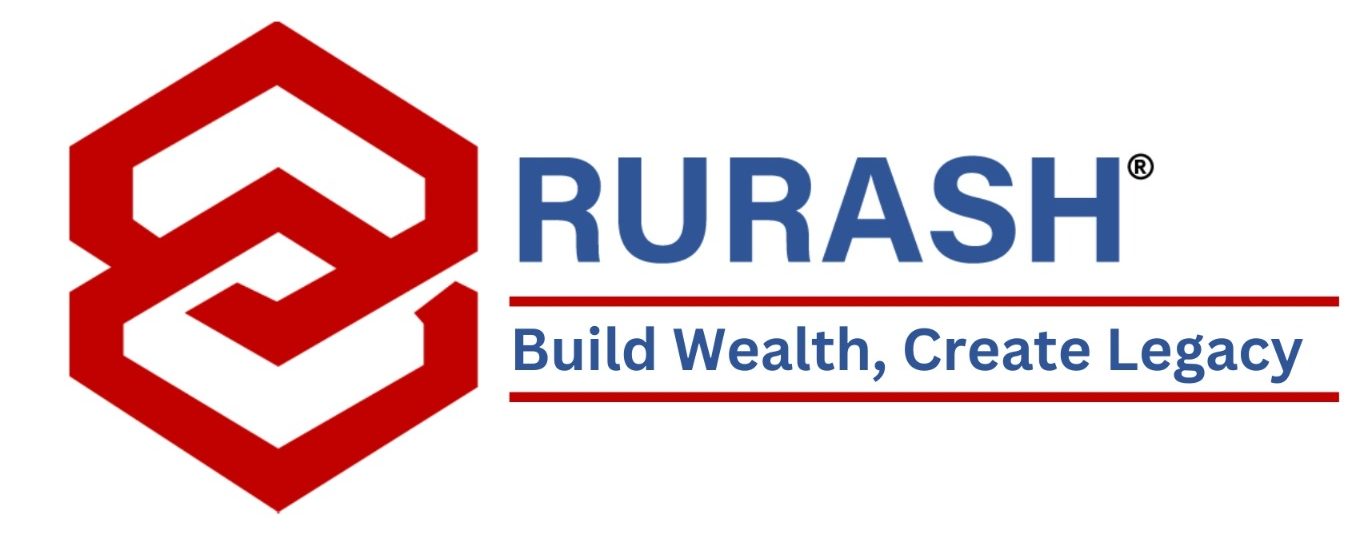Owning a property, whether it’s a sleek apartment, a sprawling farm, or a luxurious yacht, is a dream cherished by many. However, for most, this dream remains distant due to financial constraints. Imagine a scenario where you could claim ownership of a property without the hefty price tag, a scenario where you could own just a fraction and still reap the benefits. Welcome to the world of fractional ownership, a revolutionary concept that is reshaping property ownership.
Let’s delve into how fractional asset ownership is changing the game and making property dreams a reality.
Understanding Fractional Ownership
Fractional ownership is a game-changer in the property market. It’s a setup where groups of investors pool their funds to purchase high-value assets like real estate, yachts, or even private jets. Investors share passive ownership, reducing the financial burden on individuals and allowing them to earn returns on their investments.
The concept extends beyond traditional properties. Even vehicles, equipment, and furniture leased by corporations are now following the trend of fractional ownership. The minimum investment can be as low as Rs.20,000 for these assets, making it accessible to a broader audience.
How Does It Work?
In the world of commercial property, fractional ownership takes place through a Specific Purpose Vehicle (SPV). Investors own shares of the SPV, which holds and manages the property. This structure facilitates shared ownership, and the investors share incomes and expenses based on their contributions.
The Popularity Surge
The fractional ownership market in India is poised to reach a staggering $8.9 billion by 2025. The appeal lies in the opportunity it provides for individuals to invest in assets that would otherwise be unaffordable or challenging to manage independently. The ‘cool quotient’ is a driving force – owning a fraction of a high-value asset enhances one’s image without the need for a substantial upfront investment.
Unlike traditional investments, fractional ownership involves minimal charges, with all invested amounts contributing to net distributable cash flows. This model offers stability over time, making it an attractive option for those with a medium-to-long-term investment horizon.
- Financial Benefits
Fractional ownership allows individuals to project a larger-than-life image without the need for a massive investment.
Moreover, the entire invested amount goes towards net distributable cash flows, with no additional charges from the fractional ownership company. This makes it an attractive choice for those looking at medium-to-long-term investments, aiming to grow wealth over 5-8 years.
- Diversifying Investments
Fractional ownership is comparable to investing in the stock market, providing investors with the freedom to choose properties that align with their portfolio goals. It’s a way to diversify investment portfolios while enjoying the benefits of shared ownership.
Important Considerations
Before jumping into fractional ownership, it’s crucial to understand some key aspects. Unlike bonds or shares, fractional ownership doesn’t guarantee income certainty. There’s also the risk of encountering fraudsters in this sphere. Additionally, the depreciation of physical assets over time and maintenance costs must be considered. Investors need to be well-versed like the asset, its lifespan, and the potential income it can generate.
Models of Fractional Ownership
Several models of fractional ownership exist, each catering to different needs and preferences:
- Joint Ownership: Co-owners share title to the property with no ‘first-refusal right’ agreement.
- Co-operative Model: Investors form a cooperative society, and the asset is purchased in the society’s name.
- Company Structure: Fractional owners form a company, and the property becomes an asset of the company.
- Trust Structure: Fractional owners create a trust, and the property becomes part of the trust, potentially offering tax advantages.
Usage and Future Prospects
Once you’re a fractional owner, how can you use the property? There are two primary approaches:
- Pay-to-Use Approach: Co-owners pay a usage fee based on a per-day or per-week basis, covering expenses and generating returns.
- Usage Assignment Approach: Each owner is assigned exclusive usage rights for a specific period, with the purchase price and usage rights proportionate to each co-owner.
The Future of Fractional Ownership
Fractional ownership is still in its infancy, especially in India. However, it’s gaining momentum, especially in the luxury market. Platforms offering fractional ownership make it more accessible, overcoming the challenges of sole ownership.
As the trend grows, it’s expected that the government will introduce tax regulations. The market is already witnessing a shift in investment preferences, with fractional ownership providing an economical entry into high-value assets.
Fractional asset ownership is reshaping the landscape of property investment, making dreams more attainable for a broader audience. As the concept evolves, it’s poised to become a significant player in the real estate and asset investment arena.
Looking for alternative investment opportunities to diversify your portfolio? Rurash Financials is your gateway to a world of unique and promising investments. Discover innovative financial solutions that go beyond the conventional.
To know more, contact us today or write to invest@rurashfin.com
Related Posts
<h3>📬 Subscribe to our newsletter</h3>
<p>Get notified whenever we publish a new blog post.</p>

